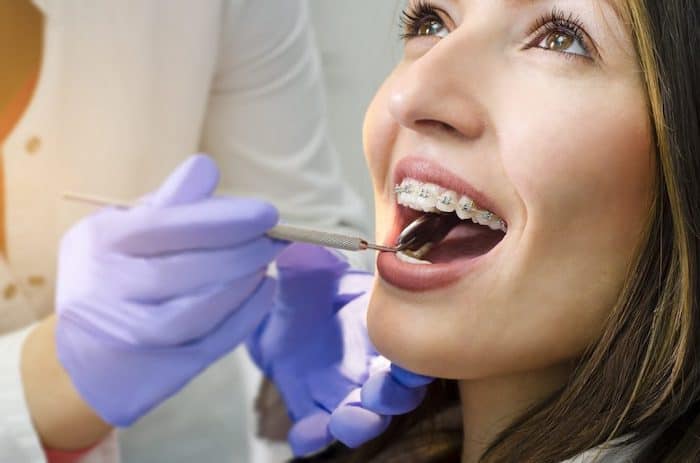In an age when consumers are looking for ways to reduce costs and gain convenience, direct-to-consumer orthodontics have increased in popularity. But in some cases, bypassing traditional orthodontic care for mail-order/do-it-yourself aligners can cause problems, dental professionals say.
And legislation in California was passed recently with those issues in mind. The bill includes measures designed to protect patients who undergo direct-to-consumer orthodontic treatment. “Direct-to-consumer aligners are designed to eliminate visits to an orthodontist by allowing treatment to be completed from home,” says Dr. Ana Castilla (www.dranacastilla.com), an orthodontist and the author of the book Smile of Your Life: Everything You Need to Know for Your Orthodontic Journey.
“While this may seem very convenient, there’s much more to creating straight teeth and a great smile than simply moving the teeth. “Effective orthodontic treatment includes considerations about your jaw alignment, bite, and mouth as a whole, and many direct-to-consumer treatments can’t properly assess all the features of your oral and dental health. And if orthodontic treatment isn’t done correctly, irreversible and costly damage can result, such as tooth loss and a misaligned bite.” Castilla explains the potential pitfalls of do-it-yourself braces:
- Lack of x-rays. With many direct-to-consumer orthodontic treatments, a patient submits an impression and photo of their teeth using the company’s kit, and the company then sends custom sets of aligners. “Due to the nature of its service, direct-to-consumer companies do not offer any way for x-rays of your teeth and jaws to be taken,” Dr. Castilla says. “Therefore, your doctor is not only planning and monitoring your case remotely, he or she is doing it without any diagnostic information. Thus, conditions that could affect your orthodontic treatment such as bone loss, cavities, extra teeth, impacted teeth, bridges, implants, etc., may be missed. This can result in loose teeth, fractured teeth, gum recession and other unfortunate side effects.”
- No in-person monitoring. While part of the lure of do-it-yourself braces is avoiding visits to the orthodontist, Dr. Castilla says those visits can be spaced out to every 12 to 15 weeks, and that seeing an orthodontist results in important details not being missed. “An orthodontist will not only take the necessary x-rays to diagnose your case properly, he or she will also continually monitor your progress in person to make sure your aligners fit properly and your treatment is going as planned,” Dr. Castilla says.
- Fewer capabilities. “It is important to understand that direct-to-consumer and doctor-delivered aligners do not have the same capabilities as traditional orthodontic care,” Dr. Castilla says. “Direct-to-consumer aligners do not offer elastics or attachments, which are bonded or glued to certain teeth that require more difficult movements. Thus, direct-to-consumer treatment is limited to more simple cases where you are mainly improving the alignment of the front teeth and not necessarily fixing the bite. If you are looking for bite correction to get a healthy bite that will help you keep your teeth for a lifetime, then treatment with an in-person orthodontist is the way to go.”
- Broken communication. “If you have any questions or concerns about your treatment, most direct-to-consumer companies will provide you with a phone number where they have multiple customer care representatives who can assist you,” Dr. Castilla says. “You can often even email your provider. However, if the concern is with your teeth themselves, it may be very difficult for them to diagnose you and they may just tell you to visit your dentist.”
“When deciding on direct-to-consumer aligners,” Dr. Castilla says, “it is important to understand that this type of treatment is not for everyone.”
Dr. Ana Castilla is an orthodontist and the author of the book Smile of Your Life: Everything You Need to Know for Your Orthodontic Journey (www.castillaortho.com). Dr. Castilla is a Diplomate of the American Board of Orthodontics and is dedicated to both education and research in the field of orthodontics. Her research on indirect-bonding techniques has been published in the Angle Orthodontist journal. Dr. Castilla was born in Ecuador and grew up in the United States.






